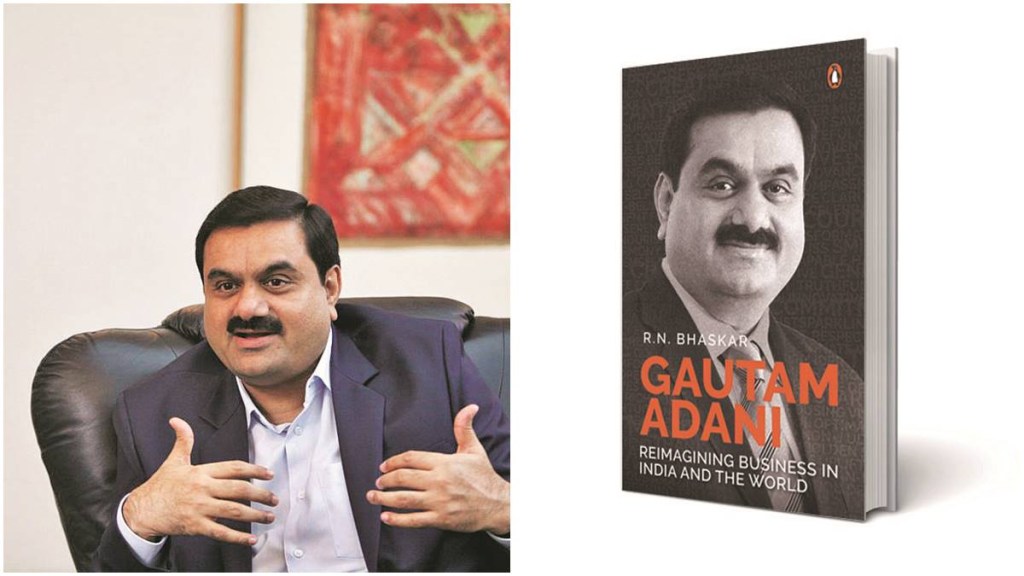Over the years business history has developed as quite a distinct discipline, tracing the rise of business leaders from the colonial to the post-1991 era. There have been numerous works on the Tatas, Birlas, Bajajs, Goenkas, and others, which, apart from telling the story of the individuals who shaped the growth of their respective business empires, also narrate the story of the evolution of the nation and its economy.
While stories in the pre-independence era largely revolved around building foundations of the nascent domestic industry even as businesses simultaneously contributed to the struggle for independence, in the post-independent period the narrative shifted to assisting the government in nation-building by setting up manufacturing industries and generating employment.
True, the Nehruvian economic policies that degenerated during the period of Indira Gandhi brought out the worst of the licence-permit Raj, and most business leaders started to be largely seen as capitalists hand in glove with the government in furthering their interests. Quotas were doled out only to the ones who hobnobbed with the government and filled its coffers by way of electoral donations. While capitalists grew, the Indian economy languished and innovation was the biggest casualty in the process.
Also Read: Gautam Adani’s 4 companies enter Hurun Global 500; Mukesh Ambani’s RIL jumps ranks
With changes in economic policies in 1991, things began to change. Indian businesses started competing with foreign brands, and learnt modern and global ways of doing and organising their businesses. New business leaders started emerging who did not belong to any established business families, while many who came from illustrious lineages and had held sway over the industry for decades either lost their grip or slowly faded into oblivion.
The emergence of Dhirubhai Ambani, for instance, who came from nowhere and established himself in the tough licence-permit era, only to succeed and grow further after deregulation, is a story that every business historian and student tells with elan. The rise and growth of NR Narayana Murthy and Infosys is another such story. Sunil Bharti Mittal’s success is synonymous with the rise of modern, private sector-led growth of telephony in the country. Most of the current crop of business and industry leaders are self-made and their stories are worth telling.
Also Read: Gautam Adani looks to raise $5 billion equity to cut debt, approaches Qatar, Saudi sovereign funds
Gautam Adani, who turned 60 this year, also falls in this category and, therefore, his story deserves to be told, which journalist RN Bhaskar has attemted to do in this biography. Writers of authorised biographies have an advantage in the sense that they get access to the entire family, friends, business associates, employees of the business leader concerned, making the account richer whose authenticity cannot be doubted. However, there is an in-built disadvantage also — the story-telling runs the risk of turning hagiographic.
While Bhaskar’s account cannot be termed as a hagiography, he could certainly have told the story in a much more interesting manner. The story of Adani’s rise has been told in a chronological manner of his getting into business and how he went on building one after another. The running narrative is that he always thought big, always made up for the losses of his business associates, would do anything — even sleep on the floor of the first-class compartment of a train — to learn from veterans who knew the art of doing business better than him. Apart from being an intelligent and shrewd businessman who never missed an opportunity to grow, Adani is also a compassionate human being, who, apart from being a family man, cares for his employees. Even though he has grown in stature in leaps and bounds — today the name Ambani and Adani are taken in the same breath — the man has stuck to his roots as his headquarters continue to be in Ahmedabad, Gujarat, whereas many successful businessmen and industrialists moved away to Mumbai, Delhi or Bengaluru.
The shortcoming in Bhaskar’s storytelling is that it lacks anecdotes of Adani’s struggles in achieving his goals. Whatever is presented is in the form of, “he came, he saw, and he conquered”, which dulls the narrative, and starts reading like a monograph or an extended press release. True, the story has to be authentic and struggles or anecdotes cannot be created, as it’s not some Bollywood script. But in the rise of a person like Adani, who comes from humble roots, is a college dropout and who began his innings in the business world when many stalwarts were not ready to yield even an inch of space to an outsider, it’s hard to believe that there wouldn’t be more than one instance of the powerful trying to cut him to size.
The story of Dhirubhai is replete with such instances. Even the rise of Sunil Bharti Mittal has several instances where established businessmen tried to cut him to size. Bhaskar has missed this bit in his storytelling.
Since Adani is a contemporary personality, who figures in the news every other day and on whom much is known by way of daily knowledge, the story that is told as part of a biography needs to be something more than cobbling together what’s available and interspersing them with quotes of family members, friends and business associates.
However, since Adani’s story is a work in progress as he continues to grow by getting into new businesses — the cement sector being the latest — the opportunity is not lost. One is sure there’s more to be written on Adani, and Bhaskar being known to him and his family — he’s penned a book on Adani earlier also, Gautam Adani: Game Changer — will come out with more as time passes and the industrialist grows even further in stature.
Still, Bhaskar’s book is timely and puts the various businesses of Adani in a perspective and also tries to answer several questions that are raised regarding its sustainability, and will be a good read for people interested in business and economy. The story of the man is interesting; only the storytelling needed to be more gripping and engaging.
Gautam Adani: Reimagining Business in India and the World
RN Bhaskar
Penguin Random House
Pp 264, Rs 699








